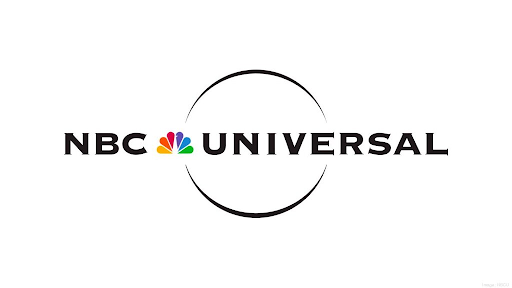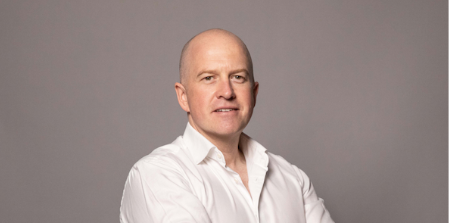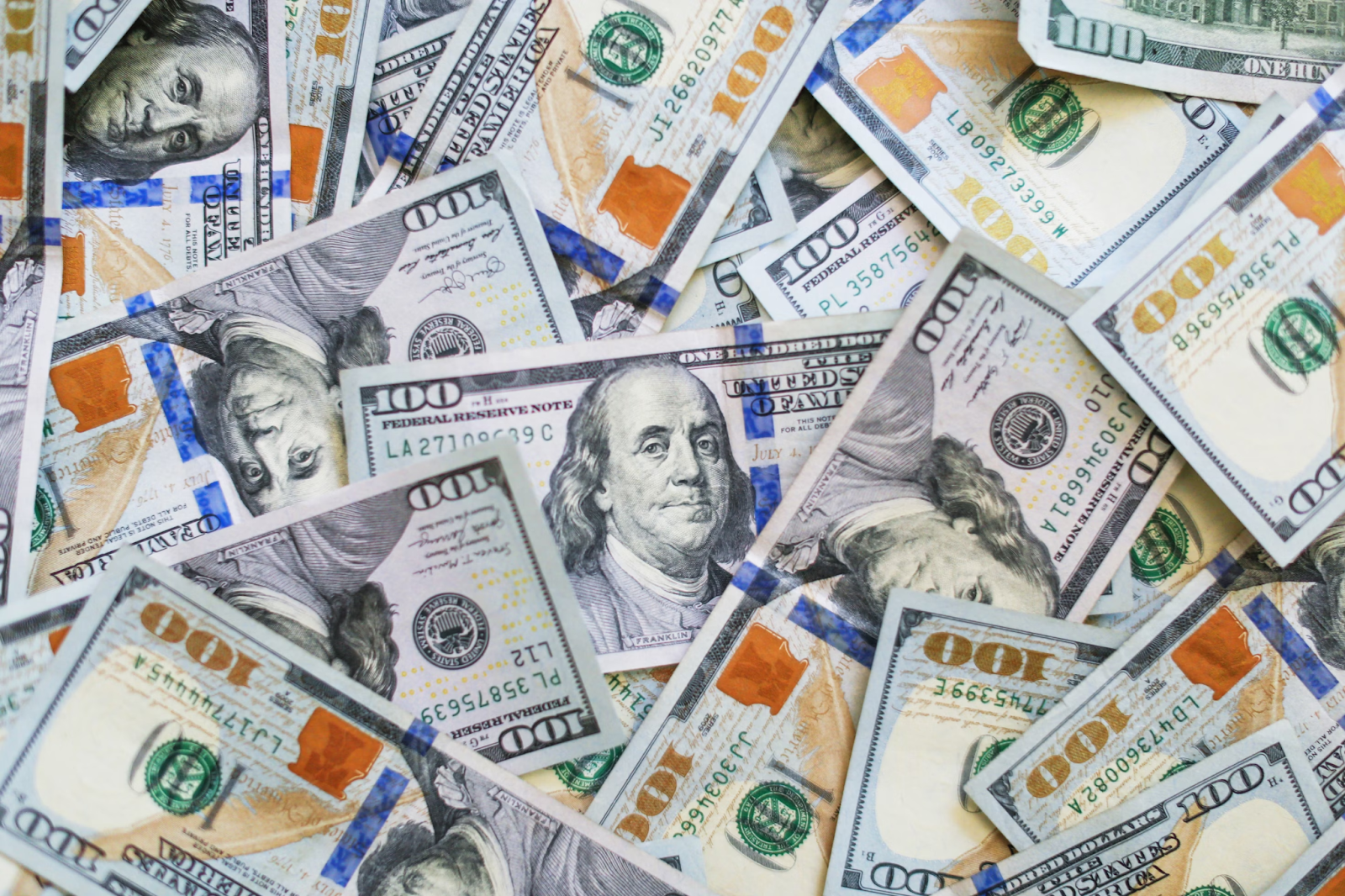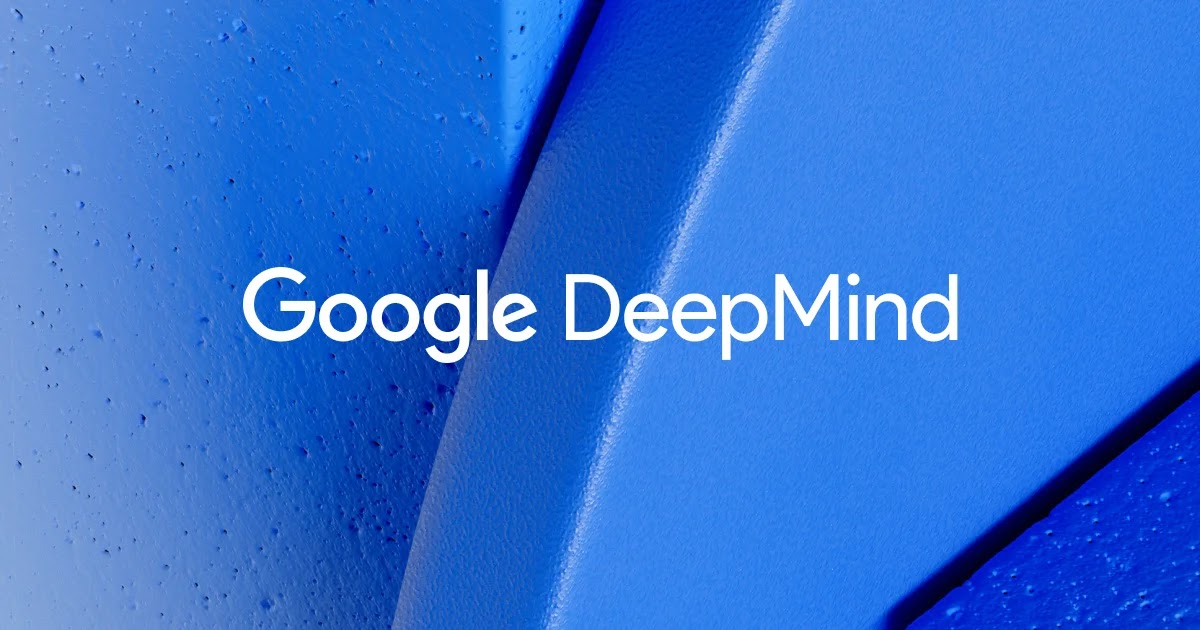Daniel Ek, the brains behind Spotify, has thrown his hat into the ring to squash the buzz that Spotify’s been stingy with artists. It’s a time when tunesmiths are airing their gripes louder than ever about the peanuts they’re getting from streaming tunes. Ek’s chimed in to cast some light on just how Spotify’s been doling out cash to the music world and to peel back the curtain on the whole deal with paying artists.
Spotify, the big kahuna of streaming tunes, keeps catching flak for how it dishes out the dough to artists. It’s gotten to the point where even the big names, like Thom Yorke and Taylor Swift, are calling them out for shortchanging their work. Swift even yanked her tracks off Spotify back in ’14, kicking off a big ol’ ruckus about whether what Spotify pays artists is fair or if it’s just chump change.
Despite such criticism, Ek insists that Spotify has been a boon to the music industry at large, contributing over $9 billion in 2023 alone, and amassing more than $48 billion in payments since its inception. This financial infusion, according to Ek, is indicative of Spotify’s role as a vital supporter of the music ecosystem, benefiting an ever-growing number of artists and industry stakeholders.
But the disparity between Spotify’s reported contributions and the individual experiences of artists struggling to make ends meet from streaming revenue has fueled a complex debate. Ek suggests that this paradox can exist where both the industry benefits and individual artists feel undercompensated. He attributes this, in part, to the payment structure where Spotify disburses funds to labels and publishers rather than directly to artists, a system that may dilute the earnings that reach the musicians themselves.
Complicating the issue further is the sheer volume of artists vying for listeners’ attention. Ek draws an analogy to professional sports, where only a fraction of participants achieve financial success despite widespread participation. In Spotify’s economy, similar dynamics apply, with a select number of artists capturing the majority of streaming revenue. This reality, reflected in the earnings of the top-tier Spotify artists, underscores the competitive nature of the music industry.
Spotify’s detailed earnings reports reveal a nuanced picture: thousands of artists earn significant incomes through the platform, yet the question of fairness remains, particularly for those outside the upper echelons of streaming success. The debate extends beyond Spotify to the broader digital music landscape, where platforms like Tidal have emerged, offering higher royalty rates in an attempt to more equitably compensate artists.
Ek’s comments illuminate the ongoing challenges facing the music industry in the digital age: balancing artist compensation with business sustainability, navigating complex distribution networks, and addressing the concerns of both emerging and established musicians. While Spotify has undeniably transformed music consumption and provided new opportunities for artists, the discourse around fair compensation continues, reflecting broader tensions within the evolving music economy.
As the debate unfolds, the perspectives of artists, industry stakeholders, and platforms like Spotify will be crucial in shaping the future of music streaming. The quest for a model that satisfies all parties is ongoing, highlighting the need for continued dialogue, transparency, and innovation in addressing the intricate puzzle of artist compensation in the digital era.







































































































































































































































